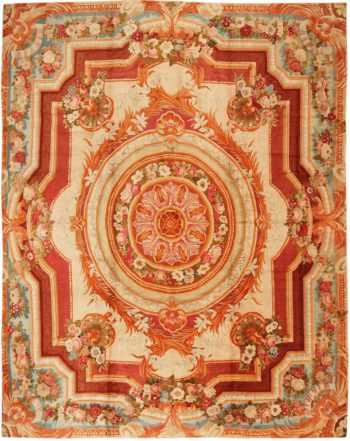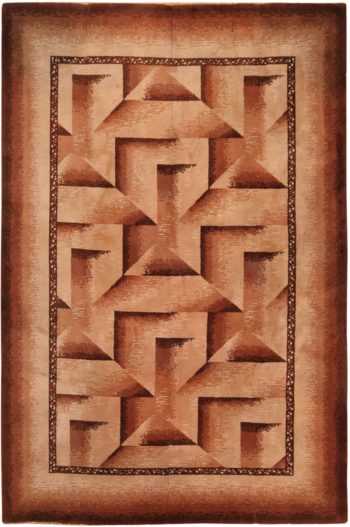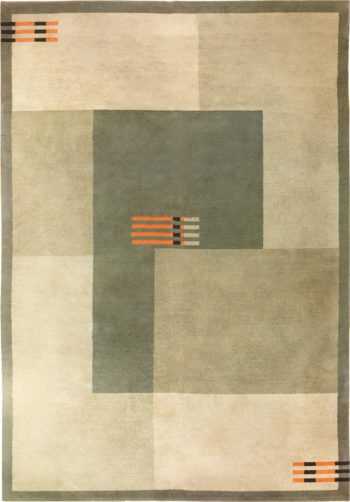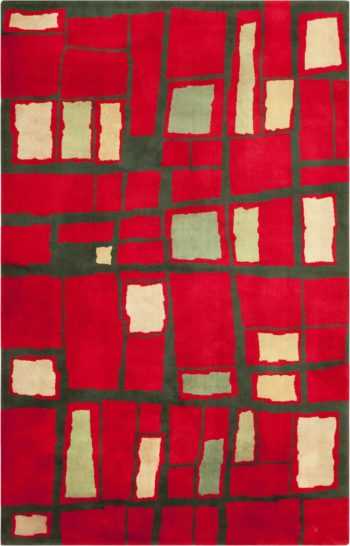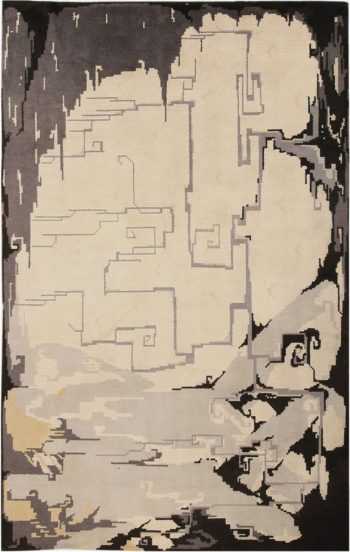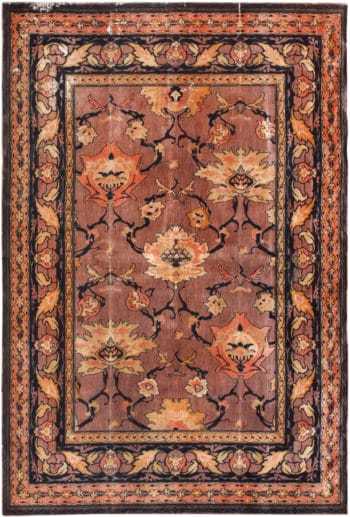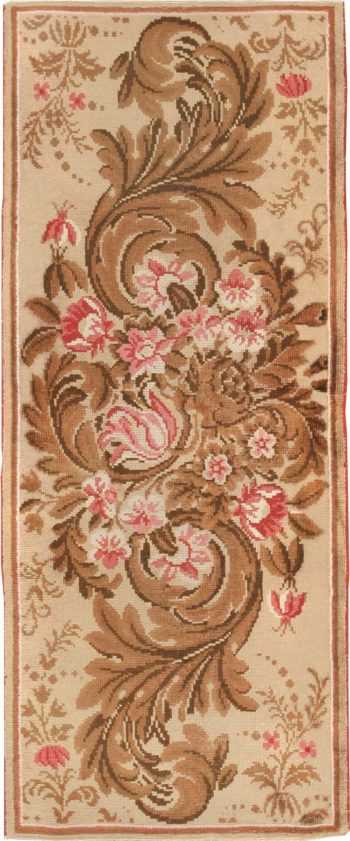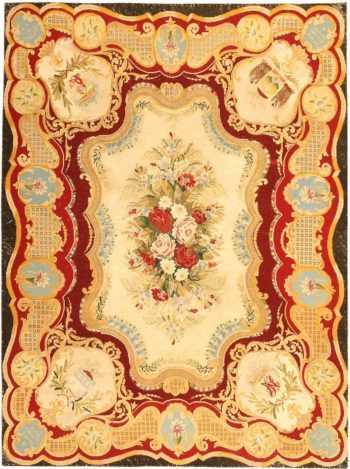Rugs From England
View our current collection of antique rugs from England below:
Oversized Oval Antique English Axminster Rug 3155
$88,000.00Size: 14 ft 10 in x 20 ft 3 in (4.52 m x 6.17 m)Large Antique English Axminster Rug 3437
Size: 15 ft x 18 ft 10 in (4.57 m x 5.74 m)Square Antique Purple English Needlepoint Allover Floral Rug 71983
$32,000.00Size: 14 ft 3 in x 14 ft 8 in (4.34 m x 4.47 m)Art Deco Design Wilton Rug 70074
$19,500.00Size: 8 ft 10 in x 13 ft 5 in (2.69 m x 4.09 m)Antique English Axminster Rug 2409
$6,600.00Size: 12 ft x 13 ft 3 in (3.66 m x 4.04 m)Floral Antique English Jewel Tone Needlepoint Rug 72094
$22,500.00Size: 8 ft 8 in x 10 ft 5 in (2.64 m x 3.17 m)Antique English Green Art Deco Carpet 72256
$18,500.00Size: 7 ft 4 in x 10 ft 5 in (2.24 m x 3.17 m)Vintage Art Deco Wilton Rug 46618
$8,600.00Size: 6 ft 7 in x 10 ft 2 in (2.01 m x 3.1 m)Vintage English Deco Rug by Hildo Krop 40289
$26,500.00Size: 6 ft 5 in x 10 ft 1 in (1.96 m x 3.07 m)Antique Geometric English Needlepoint Rug 2633
$22,000.00Size: 7 ft 5 in x 9 ft 7 in (2.26 m x 2.92 m)Antique Wilton English Rug 72400
$2,600.00Size: 6 ft x 8 ft 11 in (1.83 m x 2.72 m)Mesmerizing Floral Antique English Needlepoint Rug 3000
$8,800.00Size: 6 ft 3 in x 7 ft 9 in (1.9 m x 2.36 m)Rare Small Size English Axminster Antique Rug 2891
$4,400.00Size: 3 ft 2 in x 7 ft 2 in (0.97 m x 2.18 m)Antique Floral English Rug 2892
$3,600.00Size: 2 ft 6 in x 6 ft 3 in (0.76 m x 1.9 m)Antique Austro-Hungarian Needlepoint Rug 3417
$12,500.00Size: 5 ft x 6 ft (1.52 m x 1.83 m)
Learn More About Antique Rugs from England
England Rugs represent a wide cross-section of styles, from fanciful quilts to more refined carpets, with the Wilton style being among the more endearingly popular. While rugs and carpets have undoubtedly been manufactured in England for centuries, only in the past couple hundred years has the genuine production of English rugs really taken root. Intrigued by the gorgeous Persian and Turkish carpets that they imported from their empire in the East, subjects of the English crown grew increasingly fond of these fascinating and unique – and, to the English, exotic – works of art.
The massive cultural exchange that resulted from the the colonization of the East by the English resulted in new markets in both west and east, with new manufactures cropping up in places like Agra, which produced consumer goods especially for English buyers. With this newfound appreciation for artisan rugs and carpets, the English began to manufacture their own distinct style, which incorporated traditional English elements of design and style. Over time, this distinct English style grew in popularity, both within the United Kingdom and throughout the world. By the early twentieth century, England had developed a rug-making tradition all its own, producing beautiful Arts and Crafts and Wilton rugs, and many other distinct styles. Today, the carpets and rugs that were woven in England are collected and admired all over the world.
Antique Carpets and Rugs from England
When looking at designs of carpets from England, it is easy to notice certain common patterns typical of British design motifs. These designs included subjects such as fruits and various types of vegetables, and even plant life.
One such example would be the above hand woven carpet made in the late 16th century England which is displayed in the Metropolitan Museum of Art. However, these types of hand knotted carpets were not among the usual pieces produced in England.
Around the mid to late 18th century, the English town of Kidderminster became very well known for specializing in many textile trades, including the production of decorative carpets. Unlike many types of rugs, Kidderminster carpets were able to be exported more easily. These England made rugs could also reach farther areas of the world such as the USA, due to the fact that they were machine woven rugs.
This meant that they were cheaper to produce, thus, bringing in more revenue. Kidderminster even produced a couple well known types of carpets, Brussels, and Wilton carpets. The designer William Morris of Morris and Company was also known to produce these types of carpets in the latter half of the 19th century. During this time, these specific machine made William Morris carpets were sought after during the Regency period, by the wealthy.
However, Morris favored the the arts and crafts rug weaving approach. Than meant that he preferred the more authentic handmade carpets over the machine made products sold at cheaper prices.
In fact, he had many rug weavers produce his designs in his coach house. Morris was also known for his “Hammersmith” rugs during the late 19th century, which obviously took major inspiration from more traditional and simplistic designs. Morris became known throughout the world for these England made rugs and their magnificent designs and patterns.


